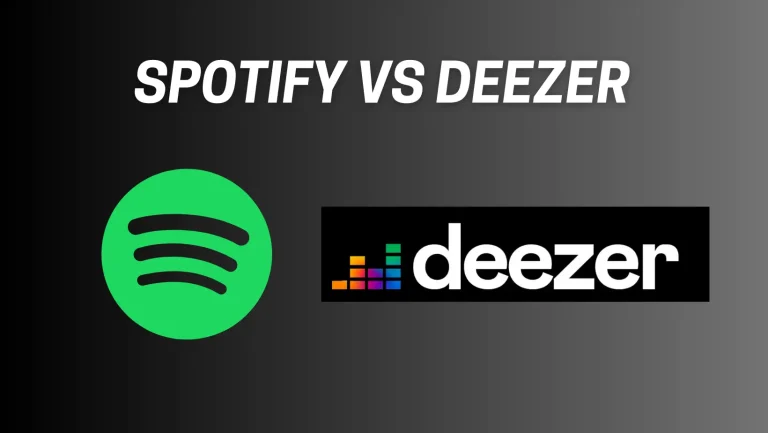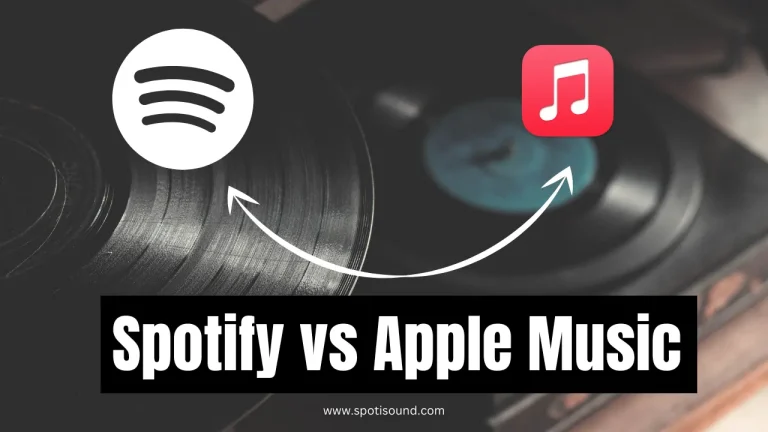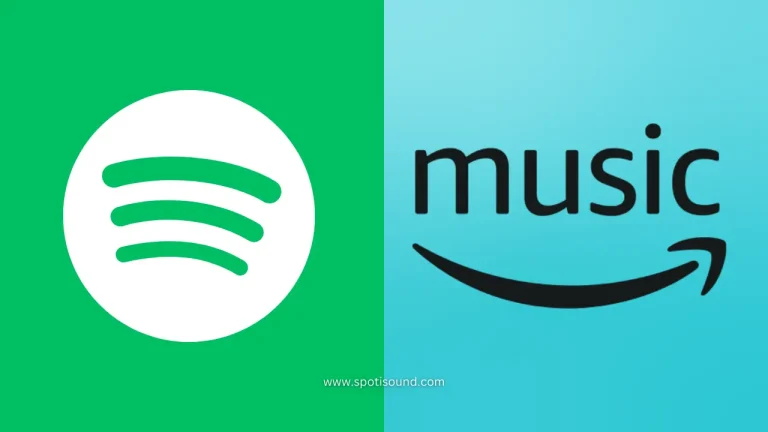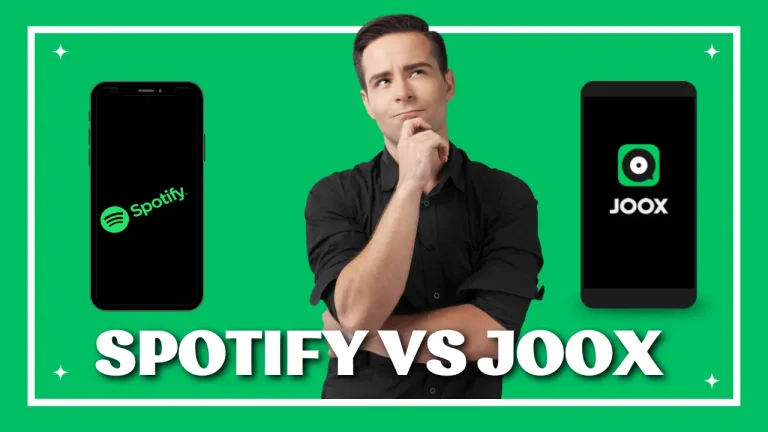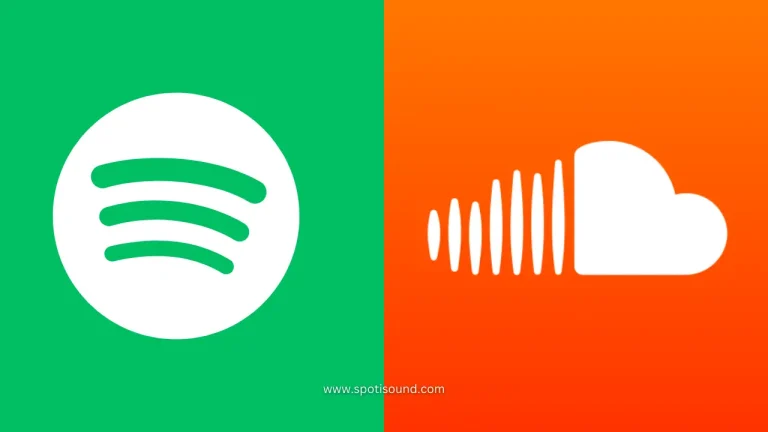Spotify vs YouTube Music: Which Wins the Battle of the Beats in 2024?
In the world of music streaming services, two giants stand out: Spotify and YouTube Music. With their extensive libraries, personalized recommendations, and user-friendly interfaces, choosing between the two can be a tough decision. In this article, we’ll dive into the key aspects of Spotify and YouTube Music to help you determine which platform suits your musical preferences and needs.
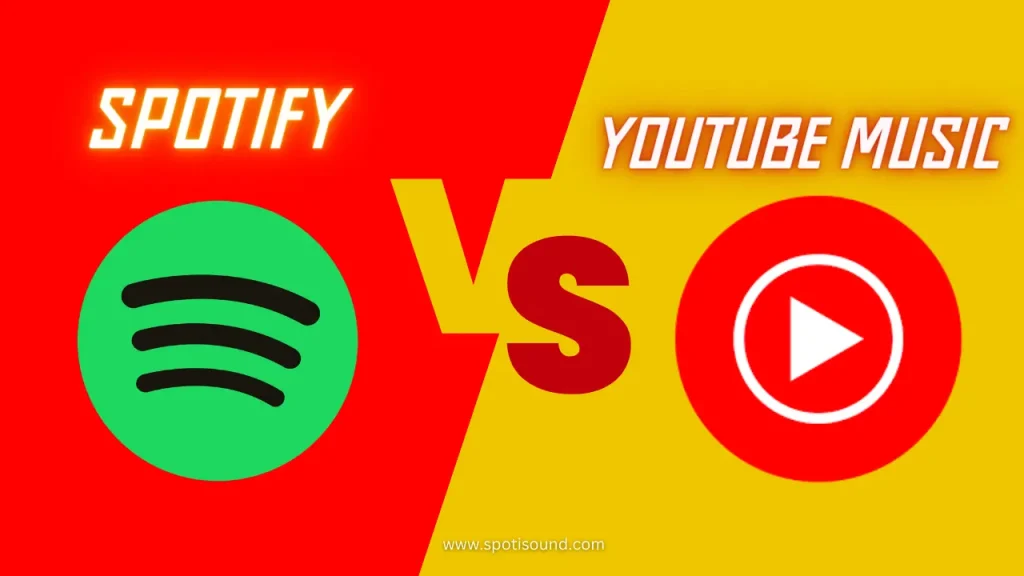
Content and Catalog
When it comes to the number of tracks available, Spotify takes the lead. With over 70 million songs in its catalog, Spotify boasts one of the largest music libraries in the streaming industry. It covers a wide range of genres, from popular hits to indie tunes and everything in between. YouTube Music, on the other hand, emphasizes its vast collection of official music videos and live performances, giving users access to a more visual experience. While YouTube Music doesn’t disclose the exact number of songs in its library, it offers a comprehensive selection, even including rare live recordings and rare remixes.
User Interface and Experience
Spotify and YouTube Music both offer intuitive user interfaces but with slightly different approaches. Spotify’s interface is clean, organized, and easy to navigate. Its well-designed mobile and desktop apps allow users to quickly browse through playlists, artist profiles, and personalized recommendations. YouTube Music, built on the foundation of the popular video-sharing platform, integrates video content seamlessly into its interface. The app provides a visually oriented experience, playing music videos when available, with an emphasis on discovering new content.
Audio Quality
For audiophiles who value pristine sound quality, Spotify has the upper hand. Spotify’s highest audio quality option, available to premium subscribers, offers streams at 320 kbps, delivering clear and detailed audio. YouTube Music, on the other hand, provides audio streams at a lower bitrate of 128 kbps in its default settings but allows users to switch to higher-quality audio with the premium subscription. It’s worth noting that YouTube Music also offers a unique feature called “Audio mode” that allows users to listen to songs without the accompanying video, conserving data usage.
Pricing and Plans
Comparing the pricing and plans of Spotify and YouTube Music, there are a few differences to consider. Spotify offers a free, ad-supported plan for those looking to enjoy music without any monetary commitment. Its premium subscription, priced at $9.99 per month, removes ads, enables offline listening, and unlocks other premium features. Spotify also offers discounted plans for students and family members, making it a more affordable option for individuals and families.
YouTube Music, on the other hand, no longer offers a free tier for truly on-demand music playback without ads. Its premium subscription, priced at the same $9.99 per month, provides an ad-free listening experience, offline playback, and access to YouTube originals. Additionally, YouTube Music offers a more expensive Family Plan, which allows up to six family members to share a subscription.
Compatibility and Integration
Both Spotify and YouTube Music offer compatibility with a wide range of devices and platforms, making them accessible to users across various ecosystems. Spotify is available on iOS, Android, Windows, and macOS, and also supports numerous smart devices, gaming consoles, and speakers. It has built a strong reputation as a versatile streaming service. YouTube Music, on the other hand, integrates well with Google’s ecosystem. It shines on Android devices and seamlessly interacts with Google Assistant, making it an attractive choice for Android users.
Music Discovery and Personalization
Both Spotify and YouTube Music excel in their music discovery and personalization features. Spotify’s algorithms analyze your listening habits to curate playlists like “Discover Weekly” and “Daily Mix,” delivering a continuously updated selection of songs tailored to your taste. Its social features allow you to follow friends, share playlists, and discover new music through their recommendations. YouTube Music, with access to vast music video content, provides a unique music discovery experience. It suggests tracks based on your listening history and subscriptions, taking into account your preferences for music videos as well.
Conclusion
When it comes to the battle of the beats between Spotify and YouTube Music, the choice ultimately depends on your personal preferences and requirements. Spotify stands out with its extensive music library, excellent audio quality, and robust social features. It holds the crown for mainstream music streaming. Meanwhile, YouTube Music brings the power of video content and offers a visually captivating experience alongside its diverse music selection.
Consider what matters most to you: the size of the music library, audio quality, video integration, or even compatibility with your existing devices and ecosystem. Test out the free trials offered by both platforms and see which one feels more aligned with your musical taste and user experience. Ultimately, the choice between Spotify and YouTube Music boils down to finding the service that best suits your individual needs and enhances your listening pleasure.
Pros and Cons of both Spotify and YouTube Music:
Spotify:
Pros:
- Extensive music library with over 70 million songs
- Excellent audio quality with a premium subscription
- Robust social features for following friends and sharing playlists
- Personalized recommendations and curated playlists
- Compatibility with a wide range of devices and ecosystems
- Affordable pricing, including discounted plans for students and families
Cons:
- The free tier has limited access and includes ads
- Discovery of new music relies heavily on algorithms and curated playlists, which may limit exploration of lesser-known artists
- Artist compensation rates have been a subject of debate within the music industry
YouTube Music:
Pros:
- A vast collection of official music videos and live performances
- Unique music discovery experience through video content
- Personalized recommendations based on listening history and subscriptions
- Access to rare live recordings and remixes
- Seamless integration with Google’s ecosystem, especially for Android users
- Offers ad-free listening with a premium subscription
Cons:
- No longer offers a free, ad-supported tier for on-demand music playback
- Lower audio quality by default, although higher quality is available with the premium subscription
- The user interface may be overwhelming for those primarily seeking audio-only streaming
- Limited social features compared to Spotify
- Lack of transparency regarding the exact number of songs in its library
Keep in mind that what may be a pro for one person could be a con for another, based on individual preferences and requirements. It’s always a good idea to try out the free trials offered by both platforms to see which one aligns better with your needs and provides a better user experience for you.
